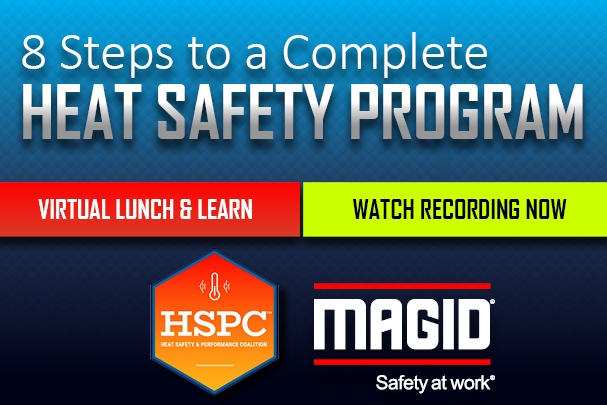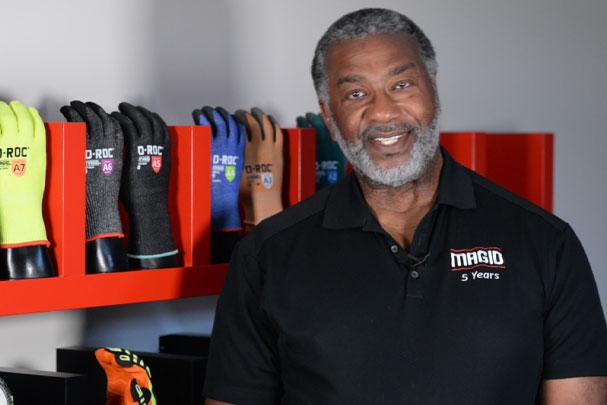
Protect Your Workers from Head Injuries on the Job
Whether your workers operate in indoor or outdoor workspaces, head injuries can occur nearly anywhere on the job. In 2019, according to the Bureau of Labor Statistics, there were over 77,000 head injuries that resulted in time away from work. Helping workers understand the seriousness of risking a head injury can be a challenge, but adding the right training and education to the gear you provide can keep everyone safer.
Highlight Facts About PPE and Head Injuries
Knowledge is power! Supplement your safety talks with engaging training presentations and fun safety videos. These training tools can cover everything from how employees should care for an injured coworker, to common causes of head and traumatic brain injuries such as:

Workers bumping into stationary objects like wooden boards or beams

Falling objects like bricks or tools

Electrical shocks and burns from electrical conductors

Slips, trips, and falls
Think outside the box by introducing related concepts, such as how the momentum of falling objects can turn even the smallest gadgets into serious injury hazards.
Provide the Proper Head Protection
Hard hats, safety helmets, and bump caps are a constant source of protection in work areas that contain head injury hazards. Give your workers the right head protection for the job while taking into consideration specific factors like:
- Hard hat class
- Hard hat type
- Suspension system
- Functions for high-visibility or extreme temperatures
- The presence of electrical conductors in their work environment
If you’re looking for more ways to get your employees invested in their PPE, show them new, customized shell colors and designs so they can find a cool and stylish option they’ll enjoy wearing.
Identify Potential Hazards to Help Workers Mitigate Risk
Every work site or facility is different. But noticing and avoiding hazards is a universal asset in any environment. Walk your plant or job site with your workers and motivate them to point out hazards that could potentially cause a head injury. This will remind them to use caution, be aware of hazards in their surroundings, and help them be less tolerant of risks on the job.
Outfit Work Areas Before Workers Step Foot On-Site
Different types of hard hats provide different levels of protection. But safeguarding hazards can help you control and minimize risks before your people even set foot in their work area. Examples of engineering safety controls can include:
- Erecting guardrails and safety nets for work areas at a height to prevent falls that could cause a head injury
- Ensuring safety harnesses fit workers properly so workers won’t slip through in the event of a fall and potentially hit their head
- Requiring workers to buckle up when using powered industrial trucks or other vehicles so they won’t bump their head in case of a sudden stop
- Ensuring work environments are free of spills or clutter that could cause them to slip, trip, and fall and bump their head.








